binary oppositions defining a field of operation – all we wanted was a park:
BAU122 Xiamen International Exhibition Centre
Xiamen City, Fujian Province, China
Discipline
Landscape ArchitectureTypology
Public park, city squareCity
Xiamen City, Fujian Province, ChinaDate
1999Status
Competition 1st price. Completed.Client
Xiamen GovernmentProgram
City square and foreshore park, observation tower and restaurant, bus terminal, outdoor theatre, marinaXiamen, in Fujian province, is a city on the south-east coast of China, between Shanghai and Hong Kong. Approximately 200km from the main island of Taiwan, some of the outer islands, only 4kms away are visible from the coast.
A major port, and one of only seven special development zones in China, Xiamen is the home of an increasing number of large international exhibitions. As the existing central city facilities became unsuitable for the growing number of visitors, a new exhibition centre was commissioned in 1998. Designed by the Canadian architectural group that recently completed the Xiamen International Airport, the centre is now under construction. The site consists of 47 hectares of flat land that just two years ago was reclaimed from the South China Sea.
Urban design and architectural strategies for the site, and remaining building programs, became the subject of an international urban design competition. Brearley Middleton, then a small Melbourne practice, was awarded first prize in January 1999.
…program and…
The brief called for a public square for 50,000 people, a business centre and a conference centre of 51,00m2 each, a 300 room 5-star hotel, an observation tower, a car-park for 1200 cars, and a large area of picturesque landscape. Also explicit was the desire to make a positive and welcoming symbolic gesture towards Taiwan.
…immanence and reference and composition and…
The multi-cultural Brearley Middleton team explore budgets, profit, and economic equity; personal and party politics, liberty, privacy, culture, pluralism, and fellowship. For them society is the client and philosophy, science and art are seen as the planes of endeavour that create spaces from which to confront society in all its complexities. Within these spaces, rules are seen as nothing more than one of a pair of binary oppositions that form sets of dialectic co-ordinates that in-turn define matrices or fields of operation.
Now at the Design Development stage, the initial program has been expanded by this attitude of inclusion. As can be seen from the following description of some of the strata and elements that make up the project, nothing is irrelevant to the process of making the contemporary city. The client and the Chinese authorities have enthusiastically embraced the expanded program.
… (other) abstractions and…
The team believes it will be the users of the project that will ultimately benefit from their design agenda. By embracing economics and politics and culture, and making use of other concepts of order; compositions beyond the platonic, the organic, or the exclusively abstract have emerged. This other inclusive abstraction allows for the creative involvement and input of the users. Completion becomes no more than a temporary mental construct of those in the process of experiencing, perceiving, and conceiving the forms, spaces, orders, and aesthetics of this project.
Complexity
Learning from aspects of the sciences of Complexity, each of the strata that make up the project is clear, contradistinctive and continuous. It is the superimposition of the following strata that generates a complex order beyond convention.
Western Physics + Eastern Mysticism
The project revels in the juxtaposition of rational and irrational, where extended Eastern metaphors become science, and science becomes a series of extended metaphors. Field theory and more recently S(cattered) Matrix Theory are but two of the more potent frames of reference that link Eastern and Western thought. This insight is evident in the various issues addressed and methods used to distribute aspects of the program (almost) by chance across the site.
Yin and Yang
The site has been divided into two large interlocking areas, representing Yin and Yang, the opposing yet complimentary forces of eastern philosophy that form and sustain the universe. Pivoting around the new exhibition building, one area is to be the hard urban landscape, the Yang, containing the square and the additional urban programs. The other, the Yin, contains a range of soft landscape spaces, including an artificial lake and canal system. Within each, a small core of the opposite landscape is included.
Chinese Tradition
Waterscape
Just months ago, it seemed relevant to introduce an undulating and dynamic contour in the Yin area to further contrast with the hard flat urban Yang landscape.
A simple self-similar and multi-scaled tile pattern that rotates into a series of repeating but imperfect octagons was selected as the framework for the Yin gardens. The tiles spill into the sea encouraging other programs such as diving, snorkeling, and kelp farming. Each landscape tile was designed by different landscape architects to encourage diversity.
Emerging from the variable landscape tiles and the superimposition of the strata of ideas, is a seemingly accidental arrangement of many co-existing aesthetic agendas.
The high-rise commercial buildings to the south-west, the low-rise courtyard conference centre to the north-east, and the isolated 5-star hotel to the south-east, are all constructed of smaller parts concerned with making a number of positive spaces – external spaces beyond the building, internal courtyard spaces within the buildings, and the internal spaces required by the brief.
This project attempts an integration of urban design, architecture and art by embracing well-considered and composed architecture that aspires to be art, ugly and ordinary architecture that has art attached as decoration, and free standing art works in public space.
I Ching
The matrix arrangement of the I Ching, a book of divination with a series of hexagrams with specific cultural meanings at its core, has been enlarged and lifted above the pavement of the front urban square. Shadows of the hexagrams will stretch across the surface of the square during the day, recording the passage of the sun.
Smoothing the Striated
The location of the new exhibition building, terminating the street axis, blocking views to the water and stopping access to the foreshore, is indicative of thinking about space as striated. The emphasis is on the smooth space of potential and connectivity, not the striated space of axis and termination. False perspective of the water bodies, continuity of the pedestrian ground plane, and a series of direct pathways through and around the site and the new building, smooth a highly striated existing condition.
Forced perspective
The distance from the urban square at the front of the site to the sea is some 700 metres. Large areas of water have been introduced to link the front of the site to the sea at the rear. These bodies of water exploit false perspective, manipulating the perception of the distance between the sea and the front urban square.
Klein Bottle Beach
Following the Chinese tradition of constructing stone boats on water from which to have tea, such a boat was proposed for the lake in the Yin landscape. This very literal boat was transformed by being placed inside an abstract bottle – a Klein Bottle. Interestingly the client did not like the stone boat; it was seen as a northern Chinese concept, and quite a bourgeois one at that. However there was great interest in the Klein Bottle. The outcome; a bottle 120m long and 20m in diameter, containing a beach, a cafe and a restaurant, all accessible by pedestrians and the boat going public.
The not-walled garden
Many urban gardens in China are walled in order to provide an escape from the city. Walling of the Yin landscape would enhance the ability to manipulate the experience and frame views from within and without the gardens. It would also further differentiate the soft Yin from the hard Yang landscape, the edge of which is completely permeable. However, walled public gardens allow the control of access hours and the introduction of entry fees. The outcome; a wall that has been pushed over, providing both the differentiated edge condition and a powerful metaphor for the rights of the people to access public space at all times and without charge.
Threshold
The threshold has been transformed from a traditional octagonal pagoda, to a three-legged St Louis catenary, to a tensile net stretched over a restaurant, an observation platform, and vertical circulation. This structure will provide superb 3600 views of Xiamen, the exhibition centre, the South China Sea and Taiwan. After interesting discussion with the client about the negative Feng Shui of fish nets, the iconography of the threshold now explores tensile skin structures, more akin to bat wings.
Ramped Pyramid
A ramped pyramid was introduced to replace the loss of low-cost public access to the views from the threshold. It will house a variety of programs, requiring little to no natural light.
Delirious new hybrids
The Business Complex is located within the Yang landscape. It explores the co-existence of two building types, the perimeter block and the tower. The towers are raised well above the roof of the perimeter building to maintain the light levels inherent in the stone perimeter block type. The steel-clad towers are located on the western side of the front plaza to shadow and shade the square in the afternoon.
Camouflage and Illusion
The Conference Complex is located in the Yin Landscape, where the landscape tile pattern is stretched into a series of vertical screens that camouflage sun protection, covered access, and active edges. Behind this camouflage, built form is further manipulated to make the building invisible from within the Yin landscape.
Steve Whitford is an urban designer, a registered architect, and a Lecturer at the Faculty of Architecture, Building and Planning at The University of Melbourne
January 2000
- Infrastructure
- Public
- Residential
- Healthcare
- Education
- Culture
- Office
- Retail
- Hotel
- Hospitality
- Mixed Use
- Sports
- Planning
- Urban Design
- Public Landscapes
- Private Landscapes
- Playgrounds
- Structures & Pavillions
- Residential
- Healthcare
- Education
- Culture
- Office
- Retail
- Hotel
- Hospitality
- 2023
- 2021
- 2020
- 2019
- 2018
- 2017
- 2016
- 2015
- 2014
- 2013
- 2012
- 2011
- 2005-2010
- 2000-2005
- 1990-2000



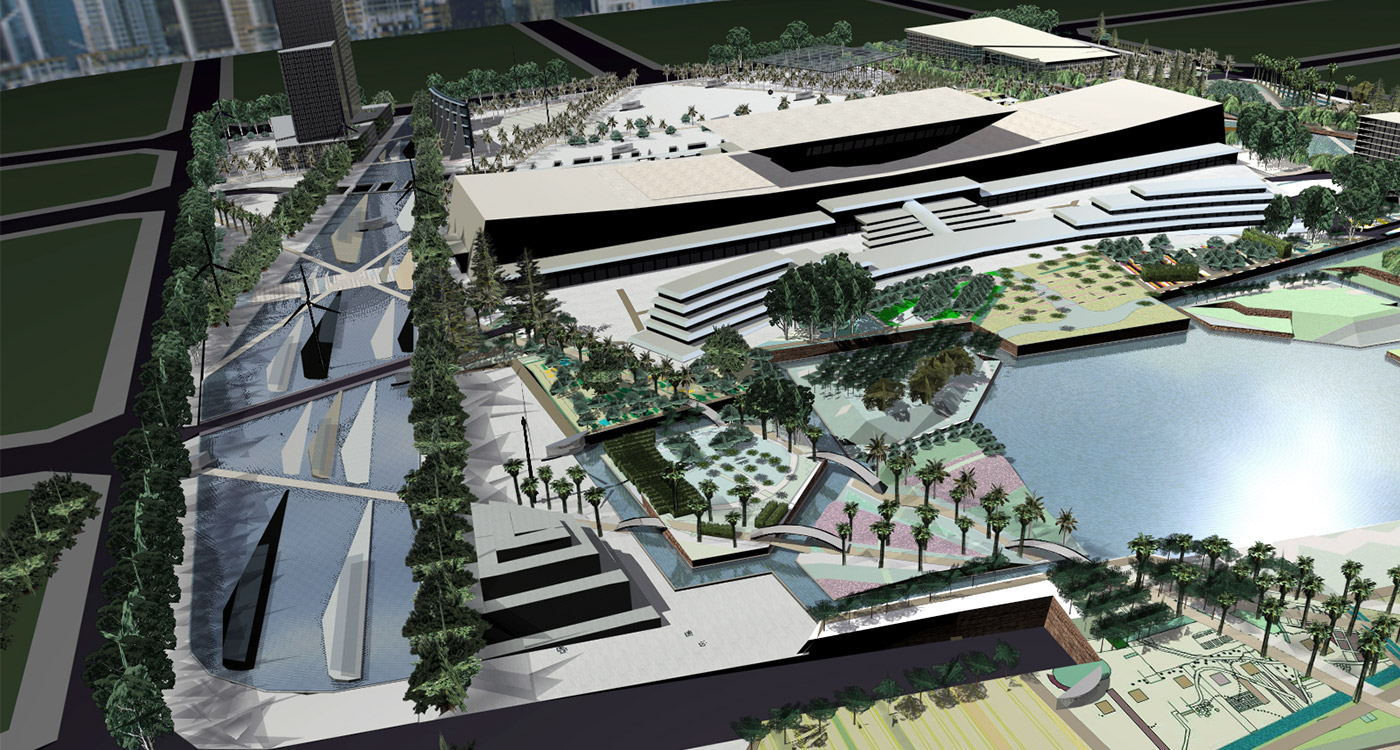
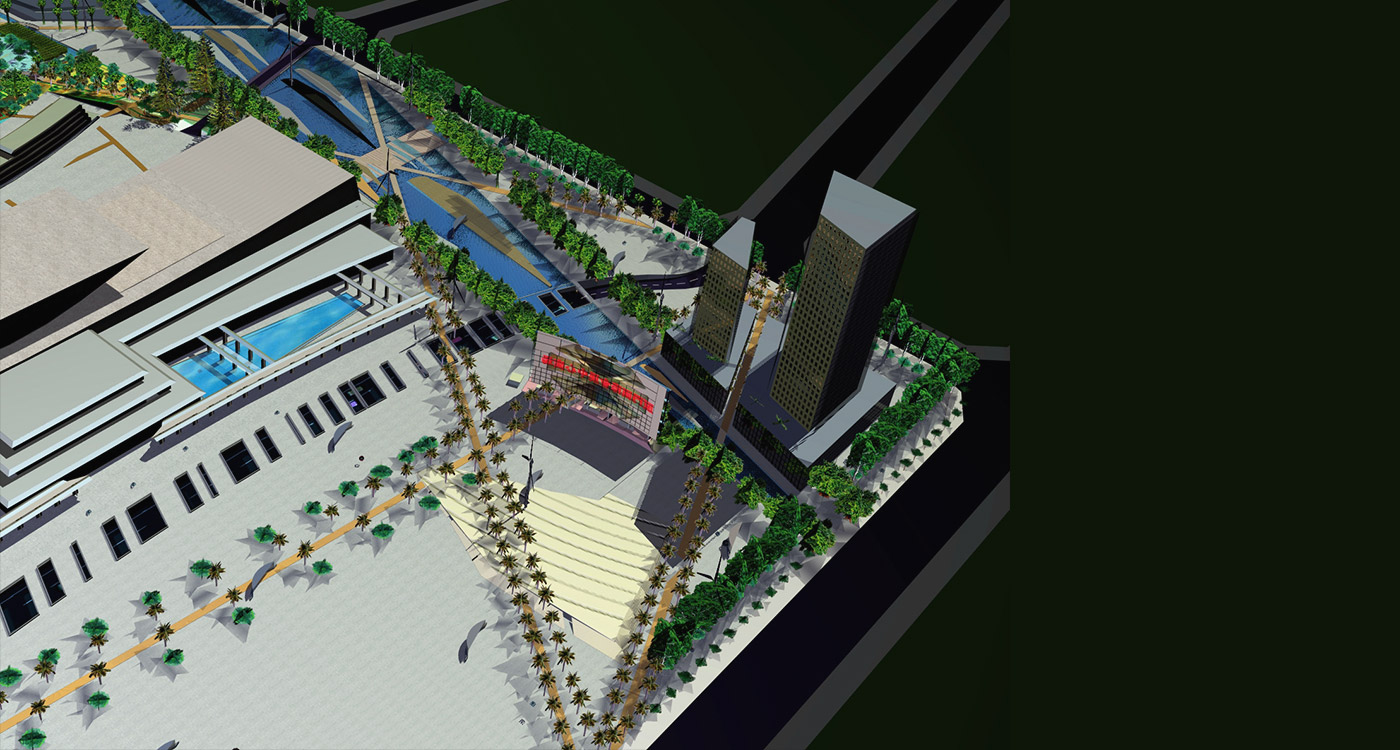










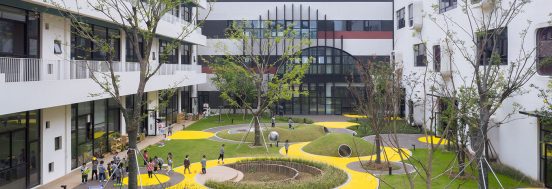











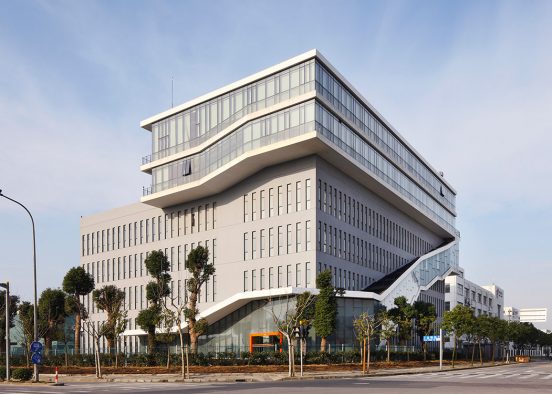


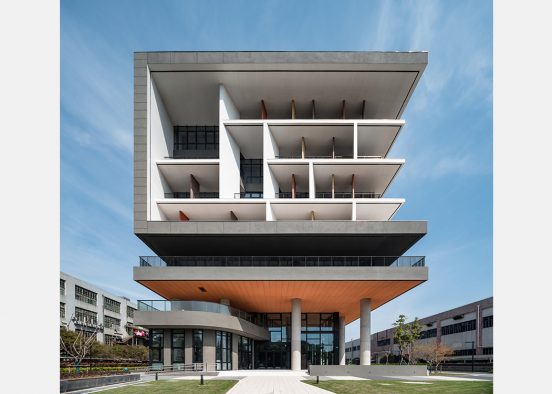


















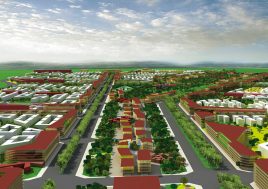





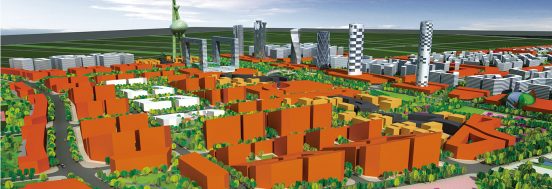







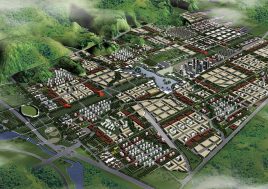










































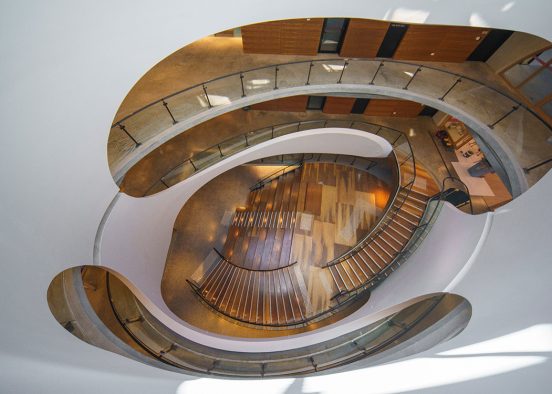








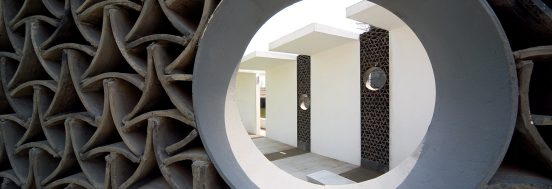

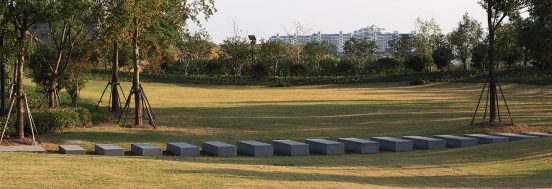
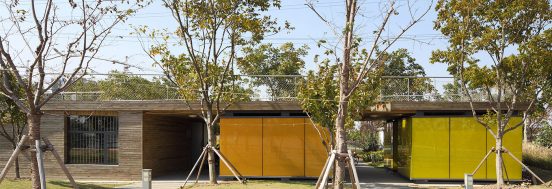


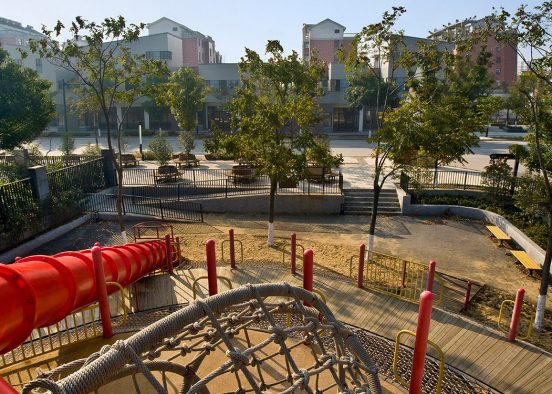













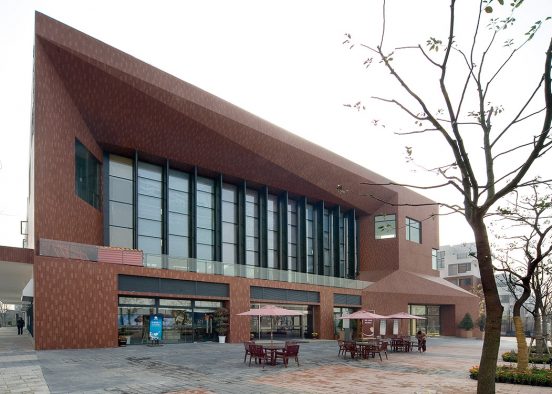
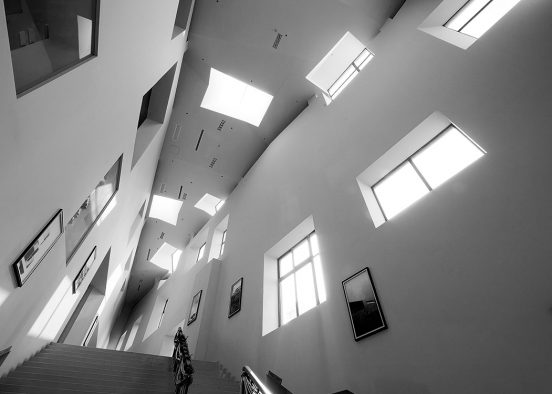
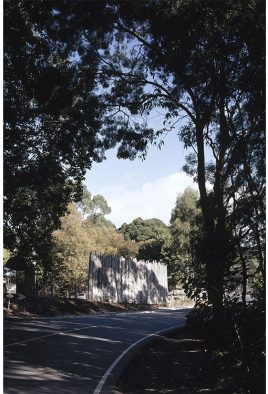
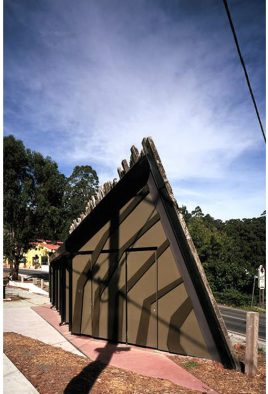













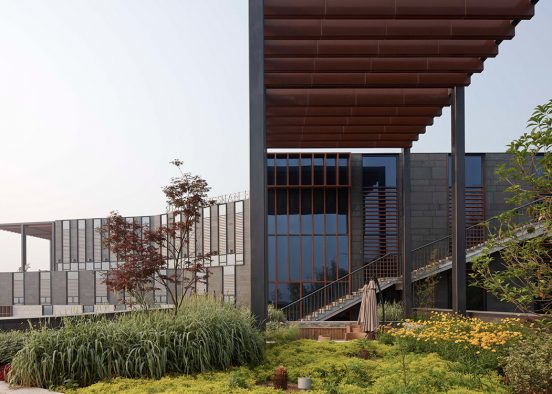








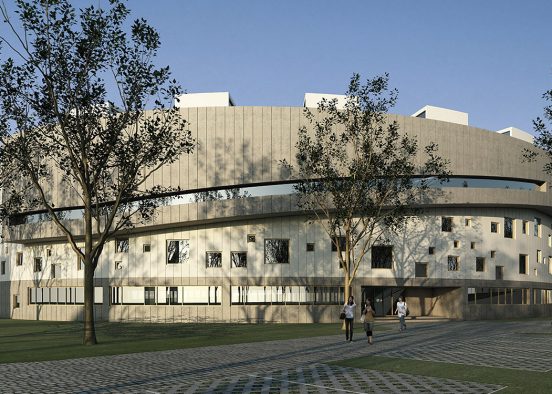







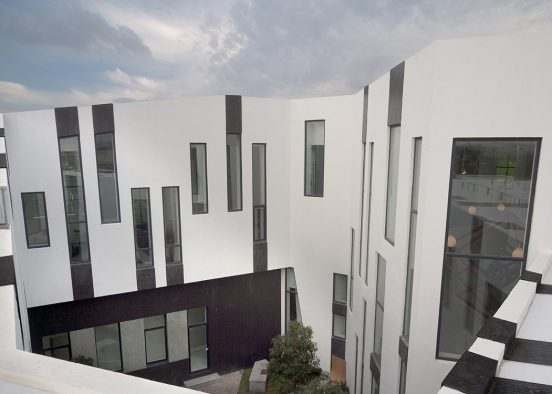








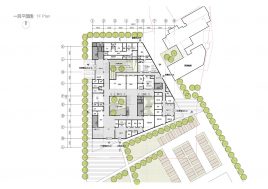


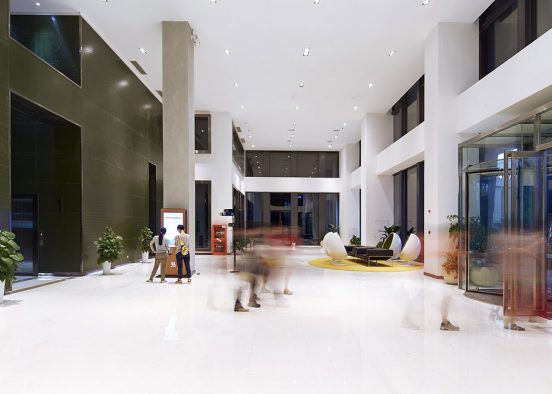

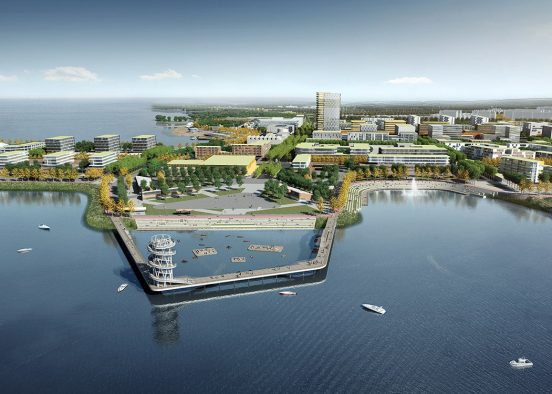





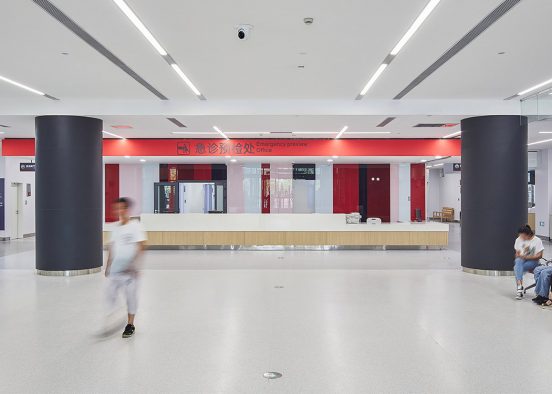




















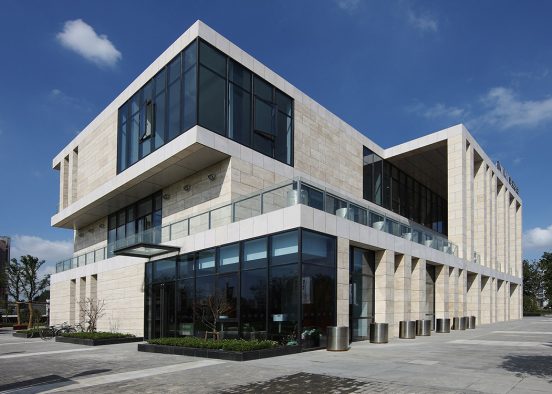










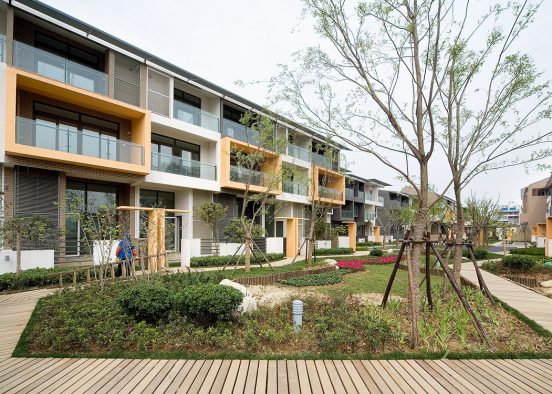
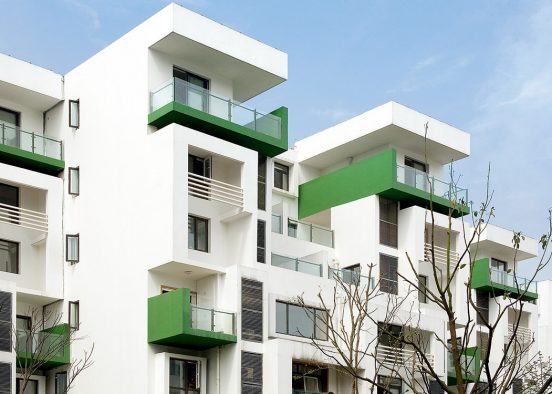









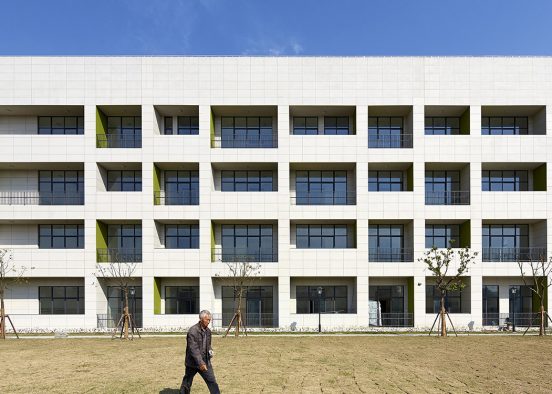
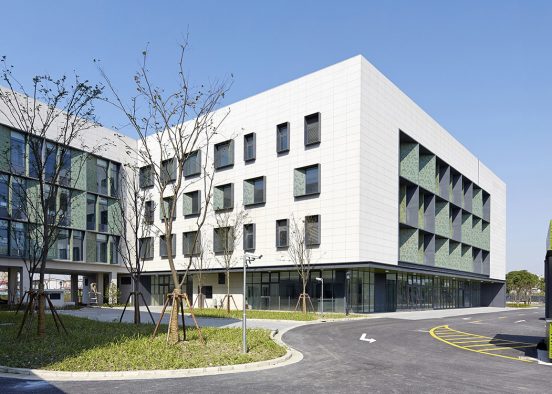


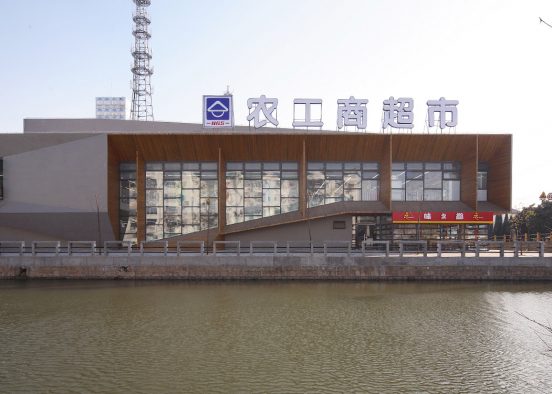
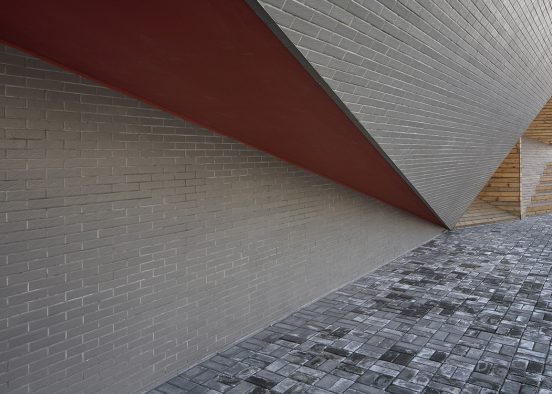

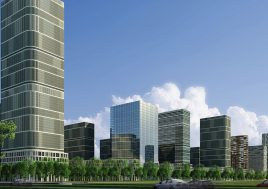



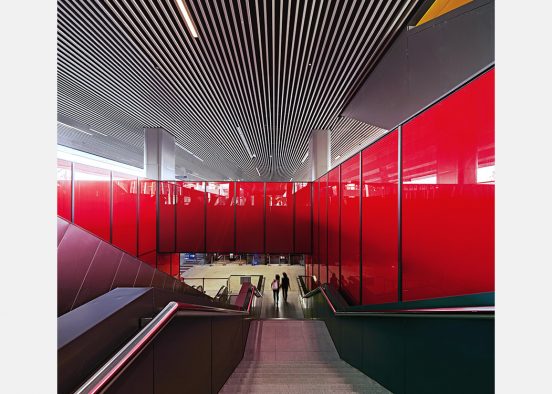


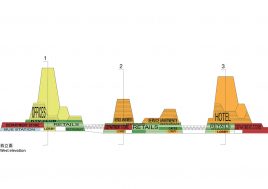







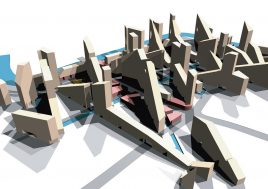



















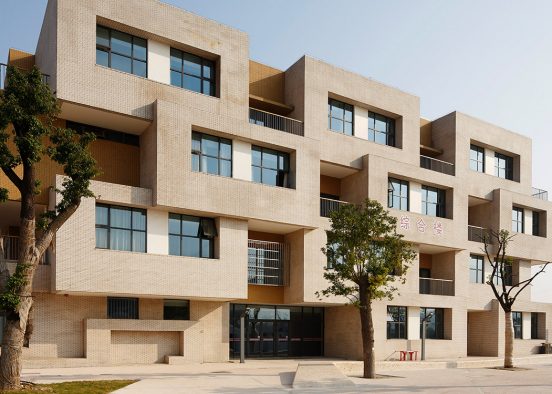



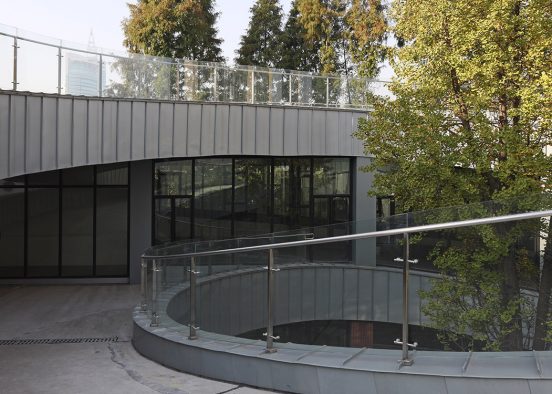
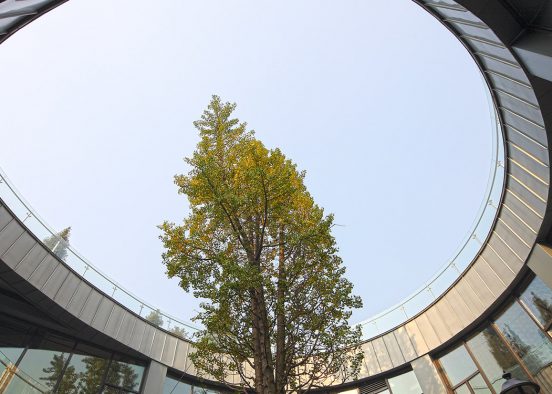



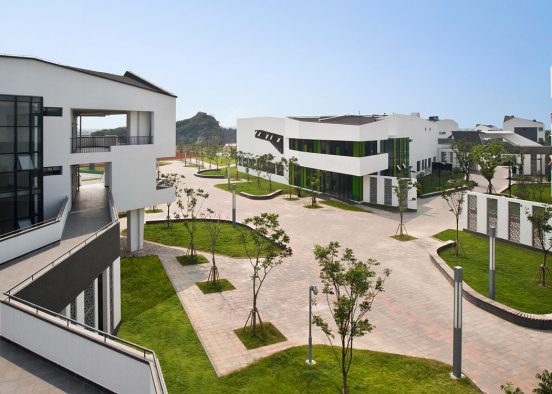




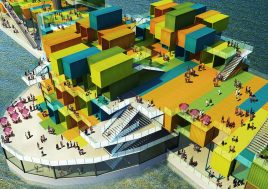












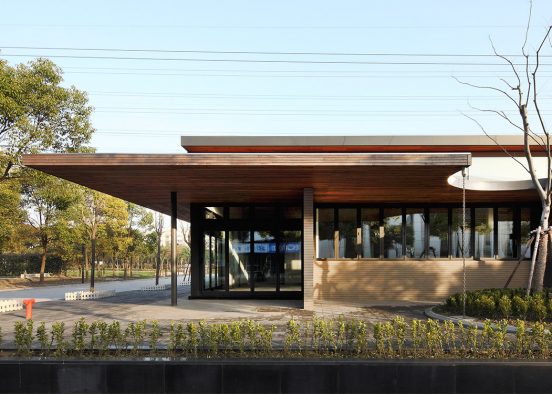








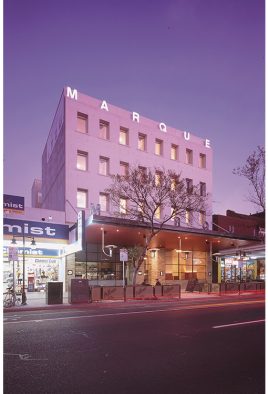














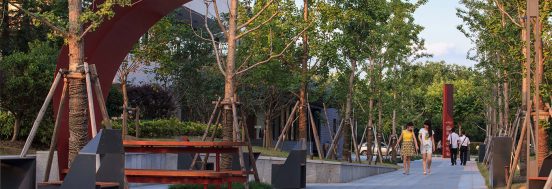

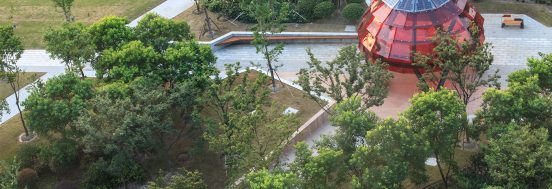

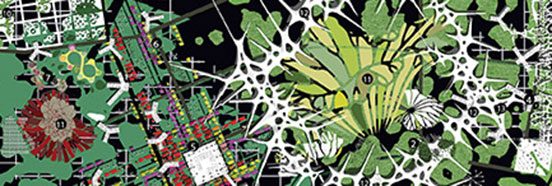













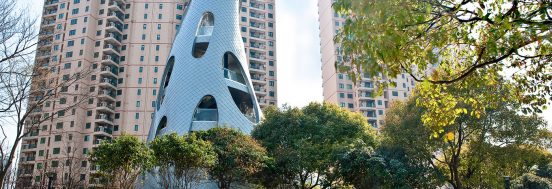
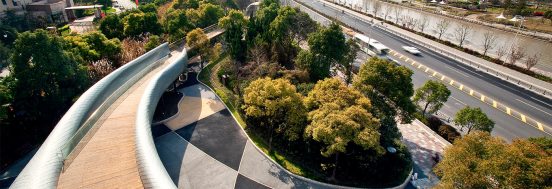




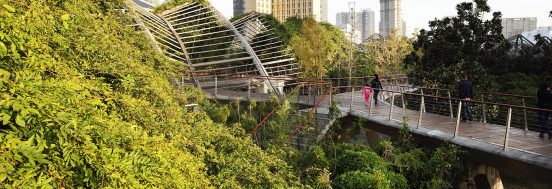
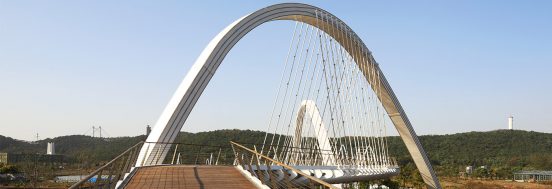
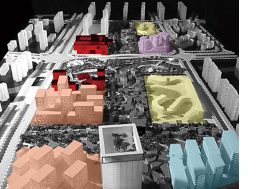

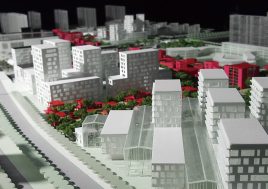






 Back to projects
Back to projects
